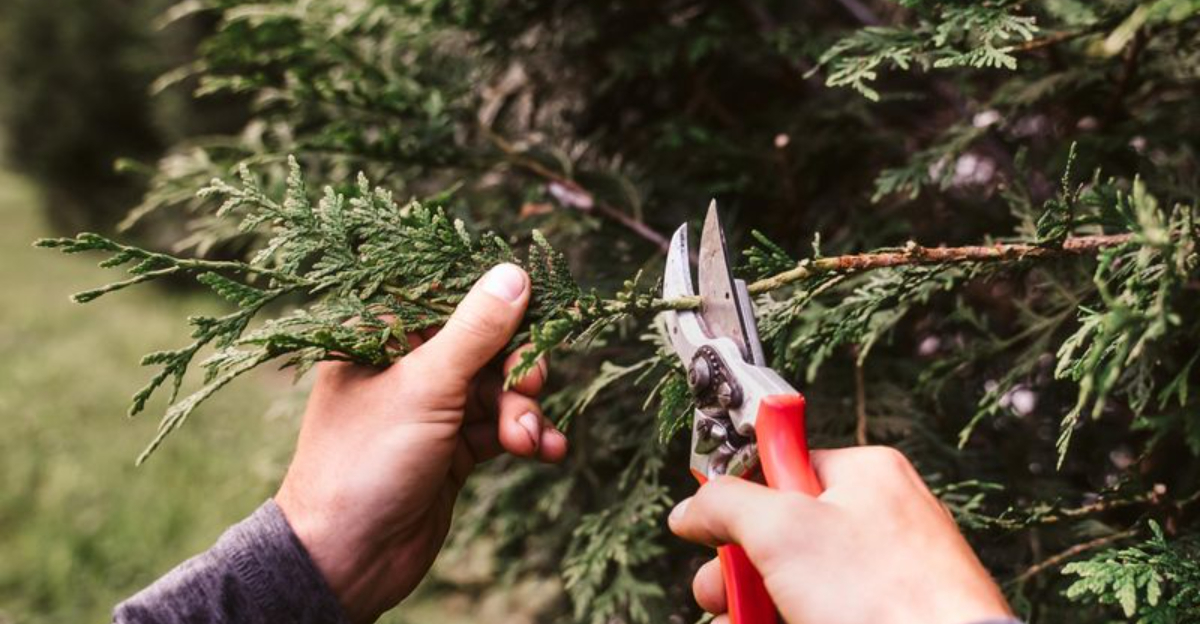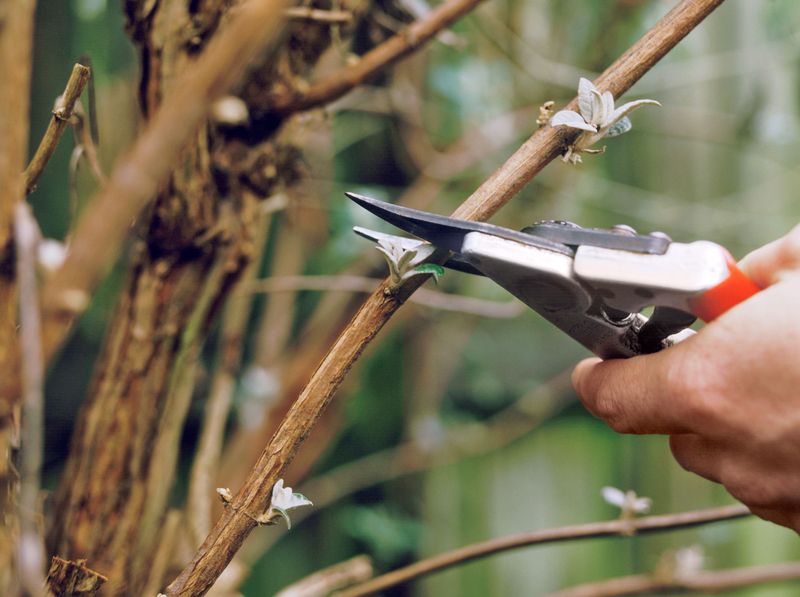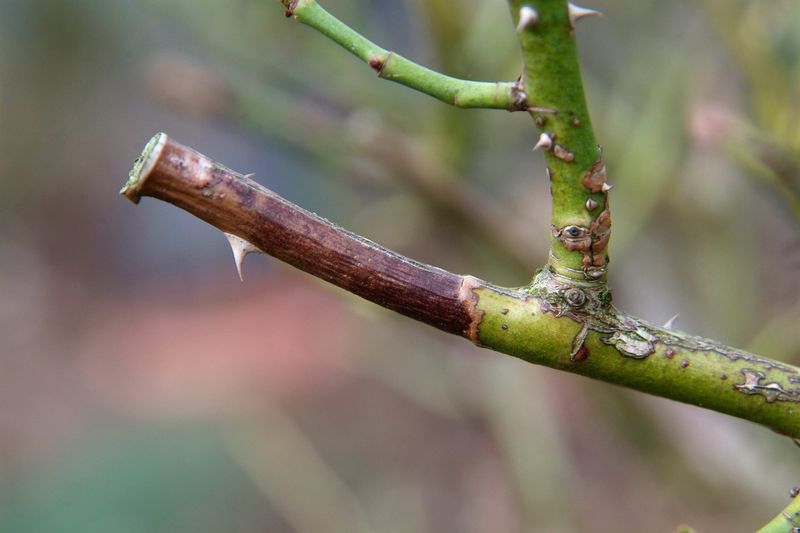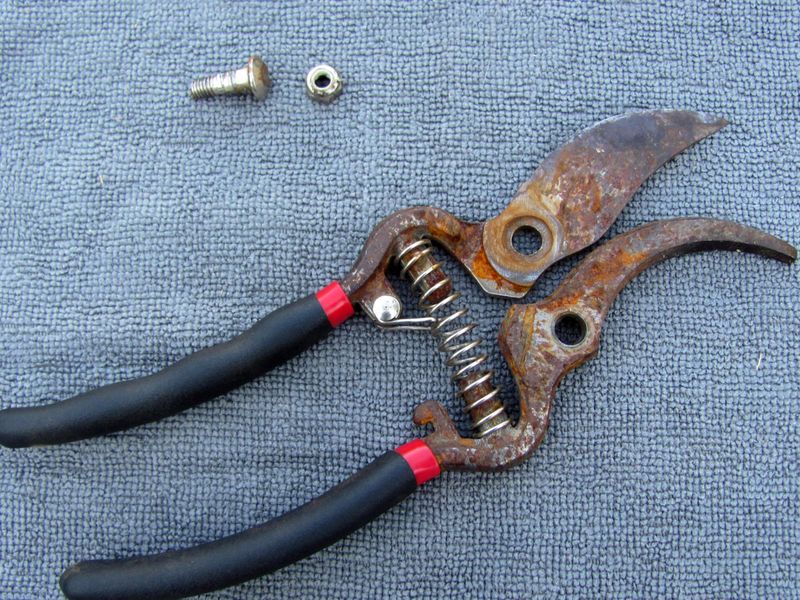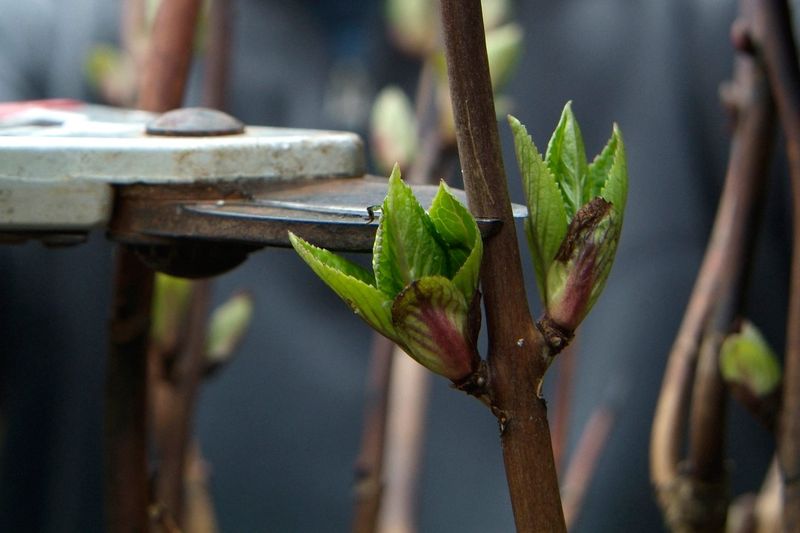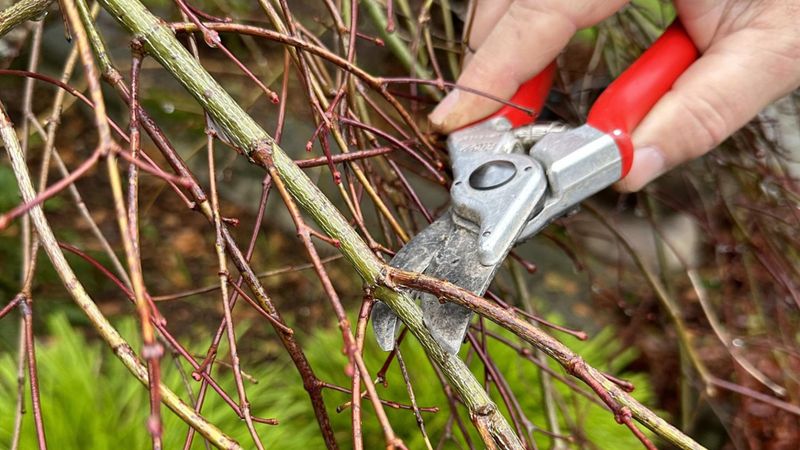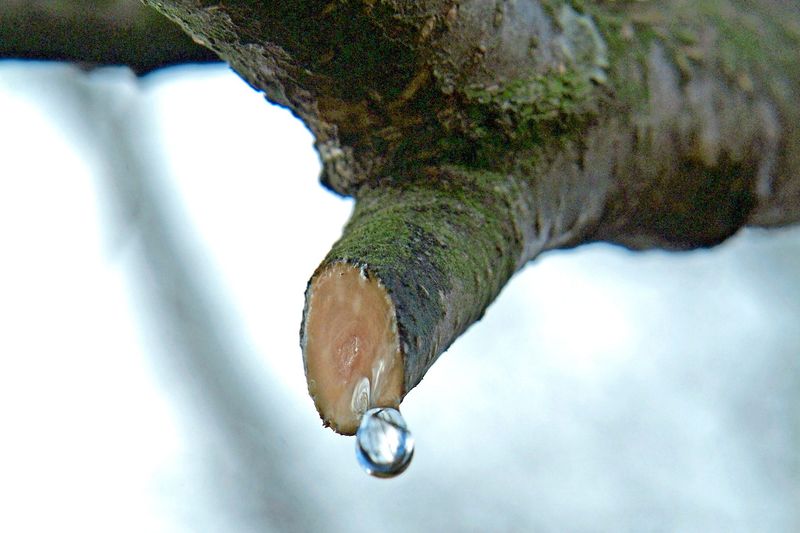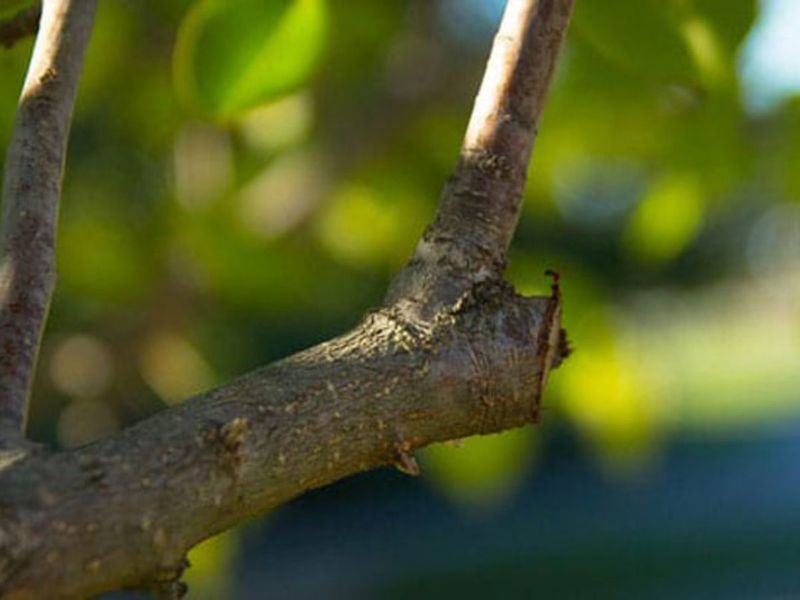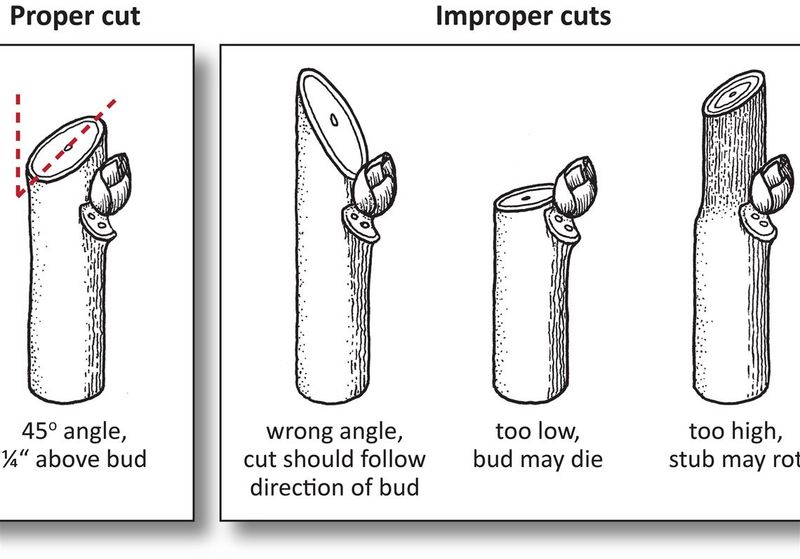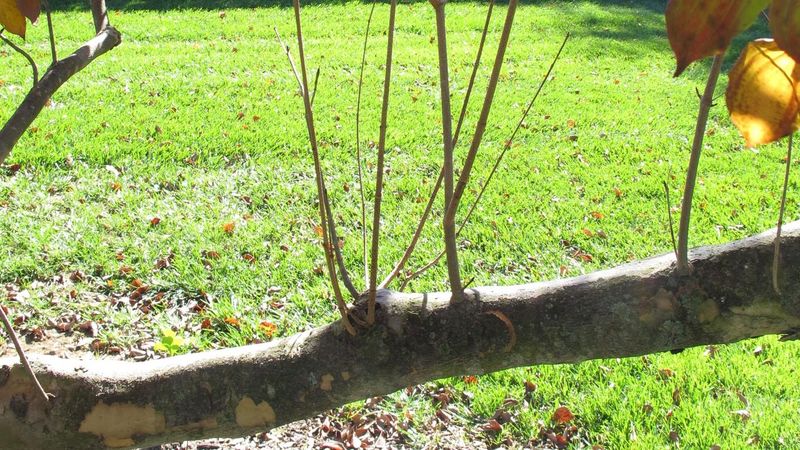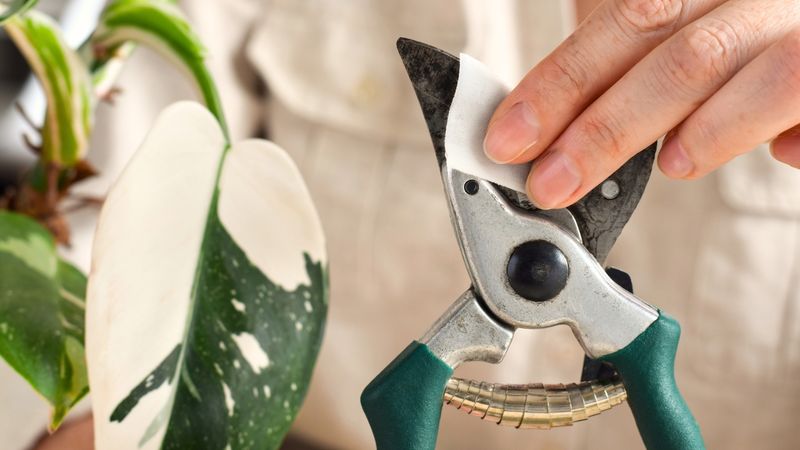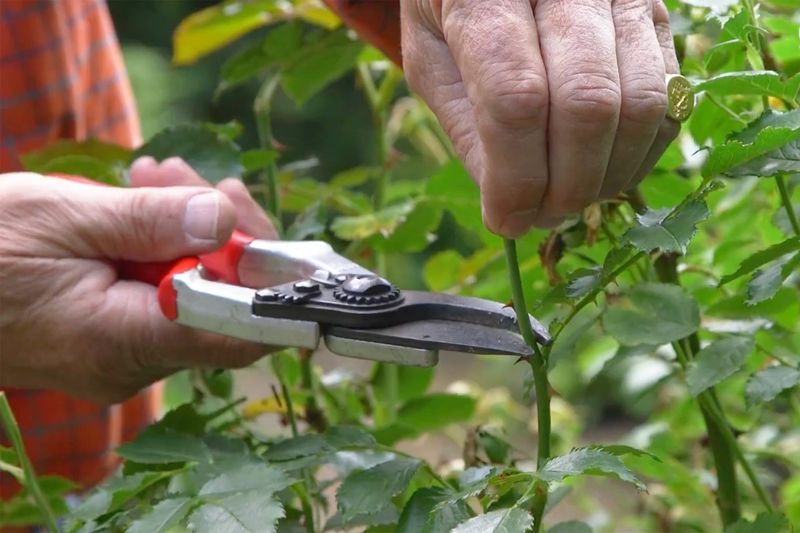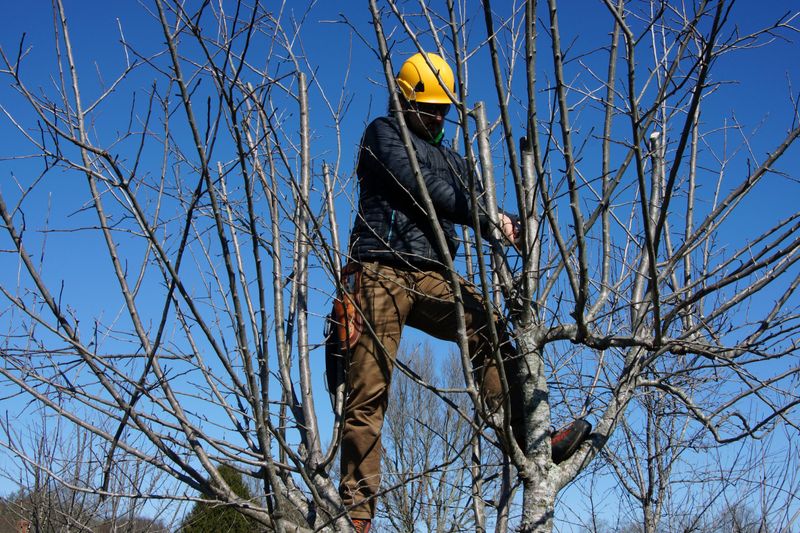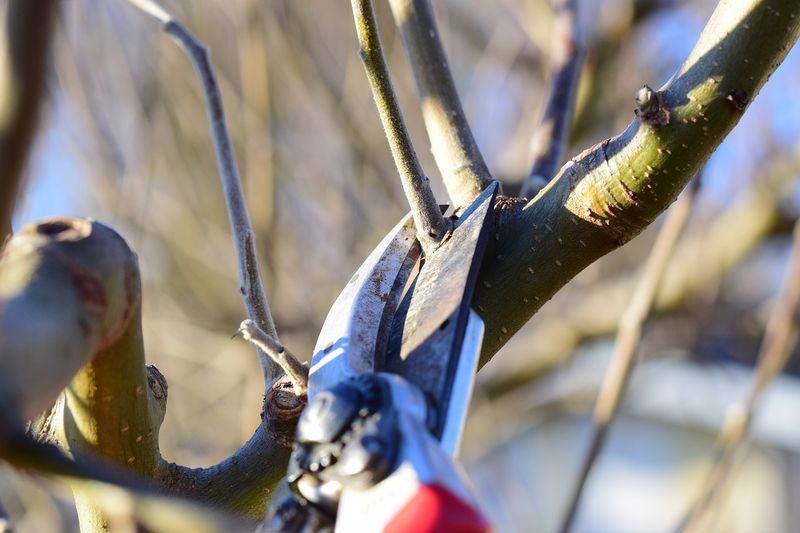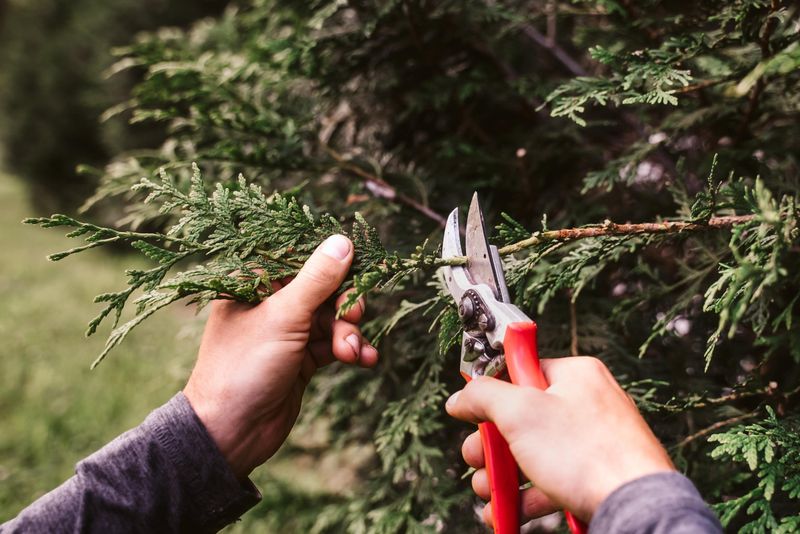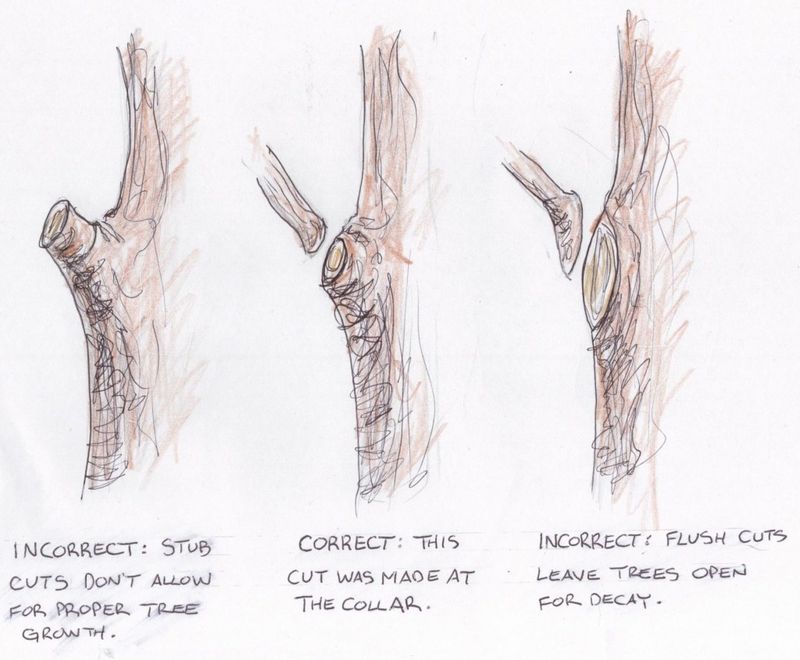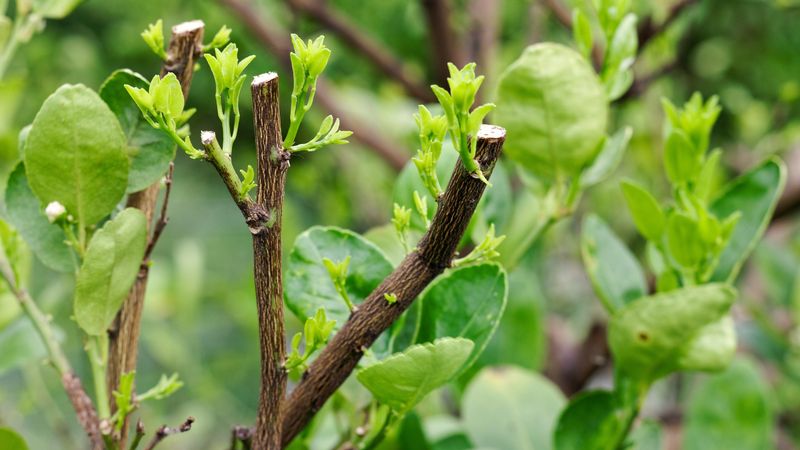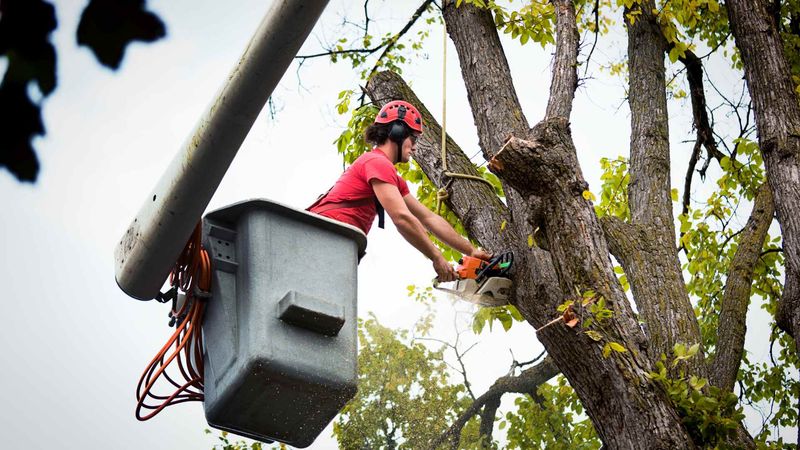Pruning in February sets the stage for a vibrant spring garden. However, many gardeners unknowingly make mistakes that can hinder growth.
In this guide, we’ll explore 17 common pruning mistakes to avoid, ensuring your garden flourishes with lush growth come spring.
With careful attention to technique and timing, you can maximize your garden’s potential. Let’s embark on this journey to learn about these critical errors and how to avoid them.
1. Pruning Too Early
Pruning too early in February can be detrimental to your plants. When you prune, you stimulate growth, which is fine during the growing season but problematic in late winter. New shoots can be damaged by unexpected frost, stunting their development.
To avoid this mistake, check your local climate and wait until the threat of frost has passed. Observe your plants closely; budding is a good indicator that it’s time to prune. Patience is key, as timing can significantly affect the health of your garden.
Understanding your specific regional climate will help you determine the optimal pruning window.
2. Ignoring Plant Type
Each plant species has its own pruning needs. Ignoring these specific requirements can lead to over-pruning or under-pruning, both of which can harm the plant. For instance, flowering shrubs often require different treatment compared to fruit trees.
Research the plants in your garden to understand their unique needs. Consult gardening books or online resources for specific advice. Tailoring your approach ensures each plant receives the care it needs, promoting healthy growth.
Learning about plant-specific pruning requirements will enhance your gardening skills and lead to a more vibrant garden.
3. Using Dull Tools
Using dull or rusty pruning tools can cause more harm than good. Dull blades crush plant tissue instead of cutting cleanly, leading to tears and increased susceptibility to disease.
Sharpen your tools before use to ensure clean cuts. Regular maintenance, such as cleaning and oiling, extends the life of your tools and improves their performance. Investing in quality pruning shears also makes a significant difference.
With sharp and well-maintained tools, you can make precise cuts that promote faster healing and healthier plants, paving the way for a lush spring garden.
4. Cutting Too Close to Buds
Cutting too close to buds can damage them, impacting the plant’s ability to produce flowers and leaves. This common mistake often results in weak or deformed growth.
To avoid this, leave a small amount of stem above the bud when pruning. This practice protects the bud and allows for healthier growth. Visualize the plant’s future shape to decide the best cutting points.
By carefully planning your cuts, you ensure the plant’s energy is directed towards healthy bud development, which is crucial for a flourishing spring garden.
5. Neglecting Deadwood Removal
Ignoring deadwood during pruning can lead to problems such as disease and pest infestations. Deadwood provides a haven for insects and fungi, which can spread to healthy parts of the plant.
Make it a habit to remove deadwood first, as it improves air circulation and light penetration. This practice enhances overall plant health and vitality. Using sharp tools for clean removal is essential.
By diligently clearing deadwood, you’re taking a proactive step in preserving the health of your garden, allowing your plants to thrive as spring approaches.
6. Pruning in Wet Conditions
Pruning during wet conditions increases the risk of spreading plant diseases. Wet surfaces can transfer fungi and bacteria, which easily infect fresh cuts.
Wait for dry, mild weather to prune. This reduces the likelihood of infections and promotes quicker healing of cuts. Ensure your tools are dry as well to minimize contamination.
By choosing the right weather conditions for pruning, you help prevent disease and ensure your plants are in optimal condition for spring growth.
7. Over-Pruning
Over-pruning can severely weaken a plant by removing too much foliage. This limits the plant’s ability to photosynthesize, affecting its growth and energy reserves.
To prevent over-pruning, adhere to the general rule of not removing more than one-third of the plant’s foliage at a time. Assess each plant individually to understand its specific needs.
Moderation is crucial; careful pruning can encourage robust growth and a thriving garden as spring unfolds.
8. Pruning at the Wrong Angle
Pruning at improper angles can lead to water retention and disease. Incorrect cuts often collect water, creating a breeding ground for rot and decay.
Aim for a 45-degree angle when cutting branches. This angle allows water to drain off easily, reducing the risk of bacterial or fungal infections.
Practicing accurate cutting techniques ensures healthier plants and prepares your garden for an exuberant spring.
9. Ignoring Suckers and Water Sprouts
Suckers and water sprouts are vigorous shoots that divert energy from the main plant. Ignoring them can compromise the plant’s structural integrity and overall health.
Regularly inspect your trees and shrubs for these growths, especially after pruning. Remove them promptly to direct energy back to the desired branches and enhance plant stability.
Managing these unwanted shoots supports stronger, more balanced growth, ensuring a lush and organized garden come spring.
10. Not Disinfecting Tools
Failing to disinfect pruning tools between cuts can spread diseases among plants. Bacteria and fungi can transfer easily, affecting the health of your garden.
Use a disinfectant solution or diluted bleach to clean your tools after each use. This practice is especially important when dealing with infected plants.
By maintaining clean tools, you safeguard against cross-contamination, promoting a healthier and more vibrant garden.
11. Incorrect Timing for Flowering Plants
Timing is crucial for flowering plants. Pruning too late or early can remove buds and affect blooming potential.
Identify the blooming cycle of your plants. For spring-flowering plants, prune right after they bloom. For summer bloomers, late winter or early spring is ideal. Adjusting your schedule based on plant type ensures optimal flowering.
Proper timing helps maintain the beauty and abundance of blooms, enhancing your garden’s appeal.
12. Failing to Plan Future Growth
Without a clear plan, pruning can result in poor plant structure and growth. Random cuts may lead to an unbalanced appearance and weak branches.
Before pruning, evaluate the plant’s current structure and visualize its future form. Consider how each cut will influence the plant’s development.
Strategic planning ensures that your plants grow in an aesthetically pleasing and structurally sound manner, contributing to a harmonious garden design.
13. Ignoring the Plant’s Natural Shape
Altering a plant’s inherent shape can stress it and affect its natural growth patterns. Forced shapes often lead to weak branches and poor health.
Respect the plant’s natural form by making subtle cuts that enhance rather than alter its shape. Keep the plant’s growth habits in mind while pruning.
Embracing the plant’s natural beauty fosters healthier growth and integrates seamlessly into your garden’s ecosystem.
14. Removing Growth Tips
Removing growth tips can hinder a plant’s ability to expand and produce new leaves. These tips are vital for new growth and overall vitality.
When pruning, focus on dead or diseased wood and avoid the healthy tips unless necessary for shaping. This ensures the plant retains its energy for robust growth.
Preserving growth tips encourages a full and lush garden, as plants can grow vigorously in preparation for spring.
15. Pruning Weak Branches Incorrectly
Cutting weak branches incorrectly can exacerbate their condition. These branches are often unable to support new growth, leading to further weakness and breakage.
Identify weak branches and prune them back to a stronger, lateral branch or the main trunk. This method supports the plant’s overall structure and health.
Proper pruning of weak branches strengthens your plants and prepares them for a dynamic spring growth period.
16. Neglecting to Thin Inner Growth
Failing to thin inner growth can lead to poor air circulation and light penetration. This environment fosters disease and weakens the plant’s vitality.
Regularly thin out crowded inner branches to improve airflow and sunlight exposure. This practice enhances the plant’s overall health and encourages robust growth.
By managing inner growth, you promote a thriving garden environment conducive to lush spring development.
17. Ignoring Safety Gear
Neglecting safety gear during pruning can lead to accidents and injuries. Sharp tools and falling branches pose significant risks.
Always wear gloves, goggles, and appropriate clothing to protect yourself. Safety gear ensures you can focus on the task without fear of injury.
With the right precautions, you can enjoy a safe and productive pruning session, setting the stage for a beautiful spring garden.
